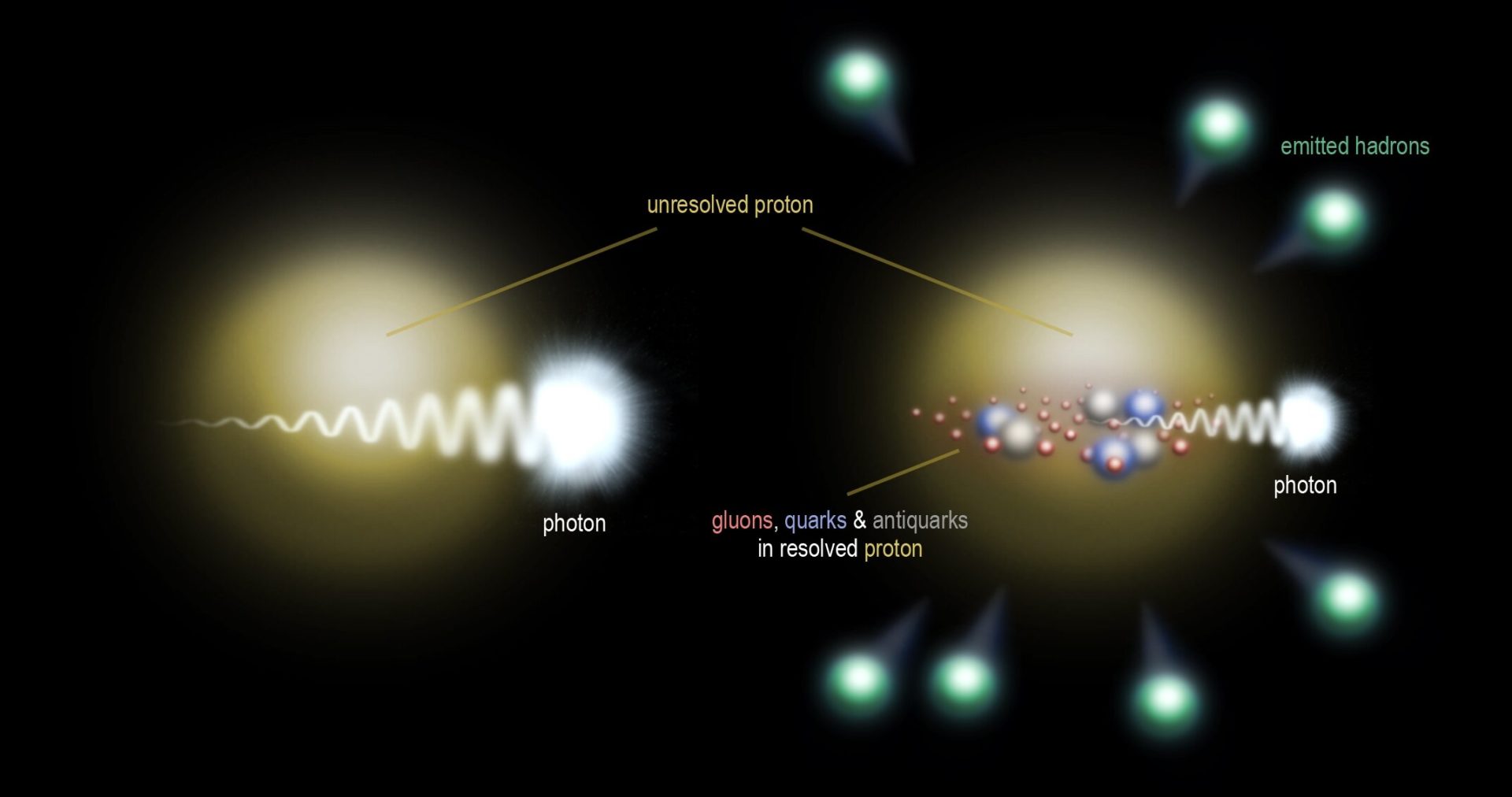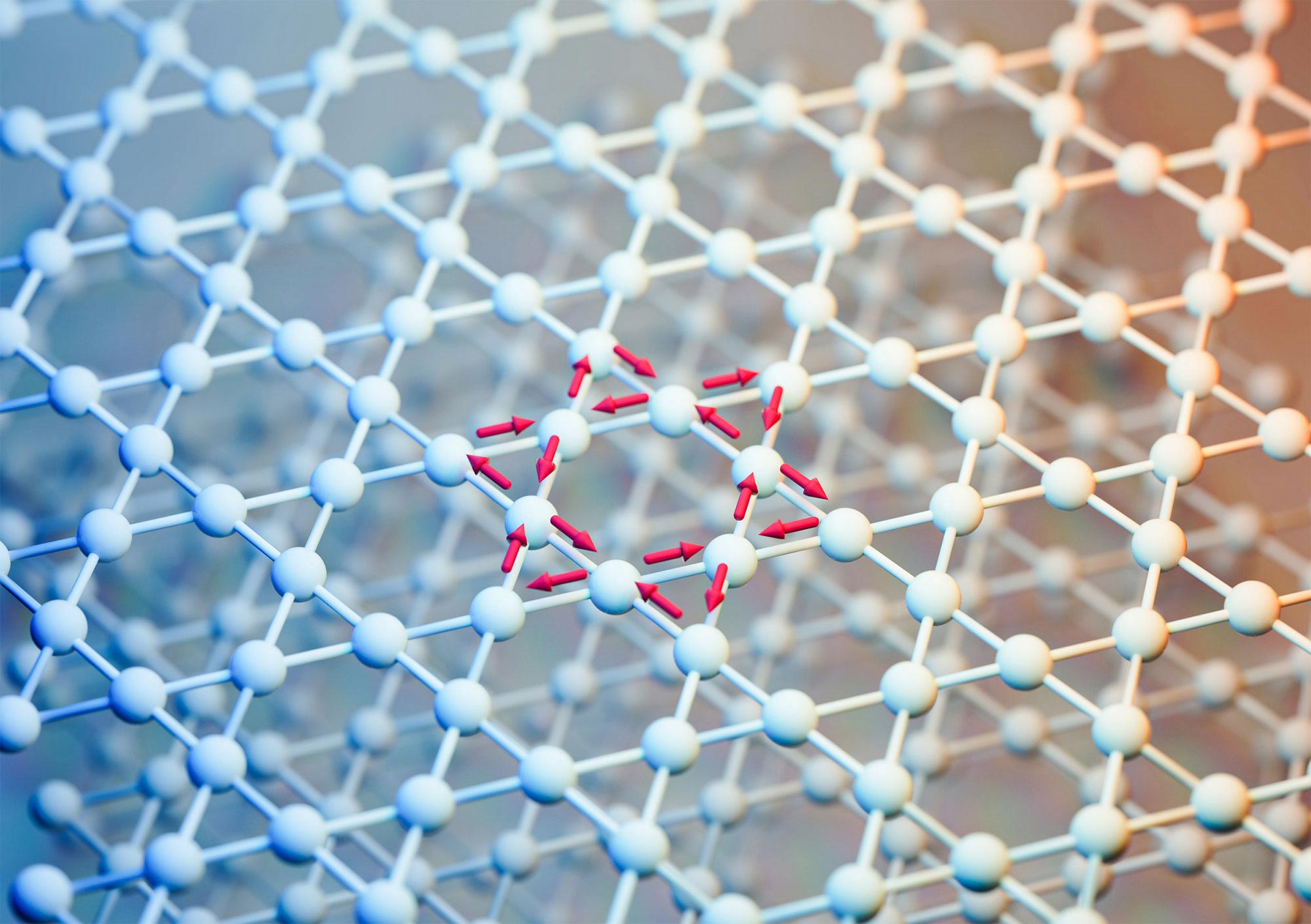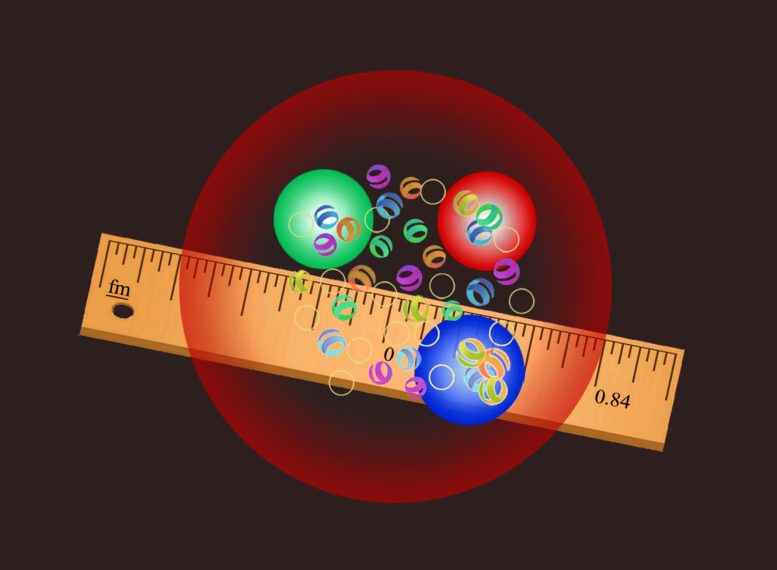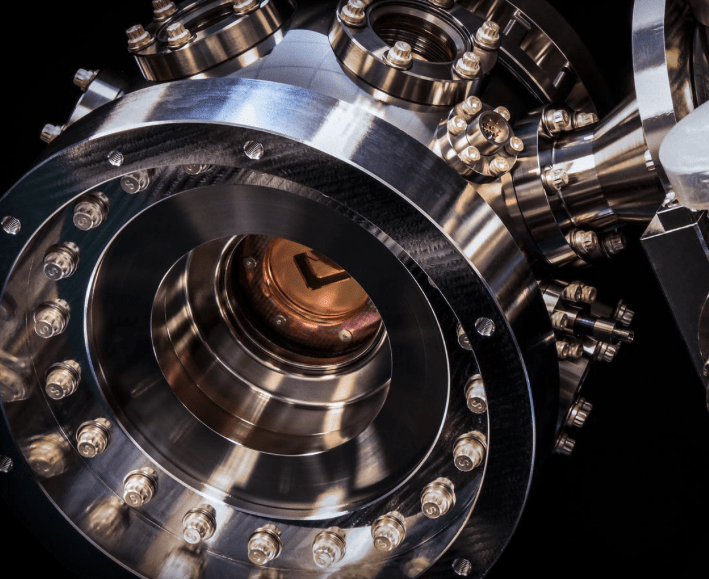
Interior of protons is maximally entangled
Fragments of the interior of a proton have been shown by scientists from Mexico and Poland to exhibit maximum quantum entanglement. The discovery, already confronted with experimental data, allows us to suppose that in some […]





